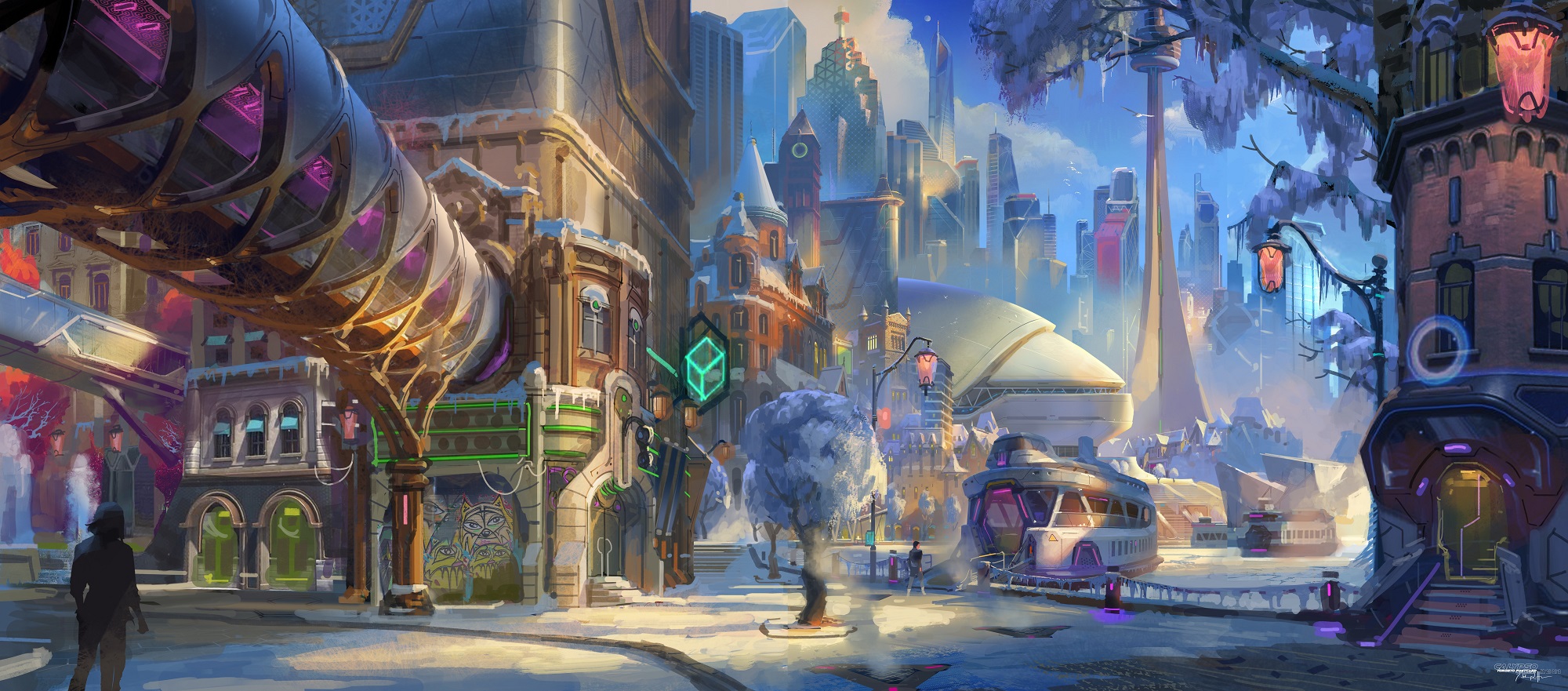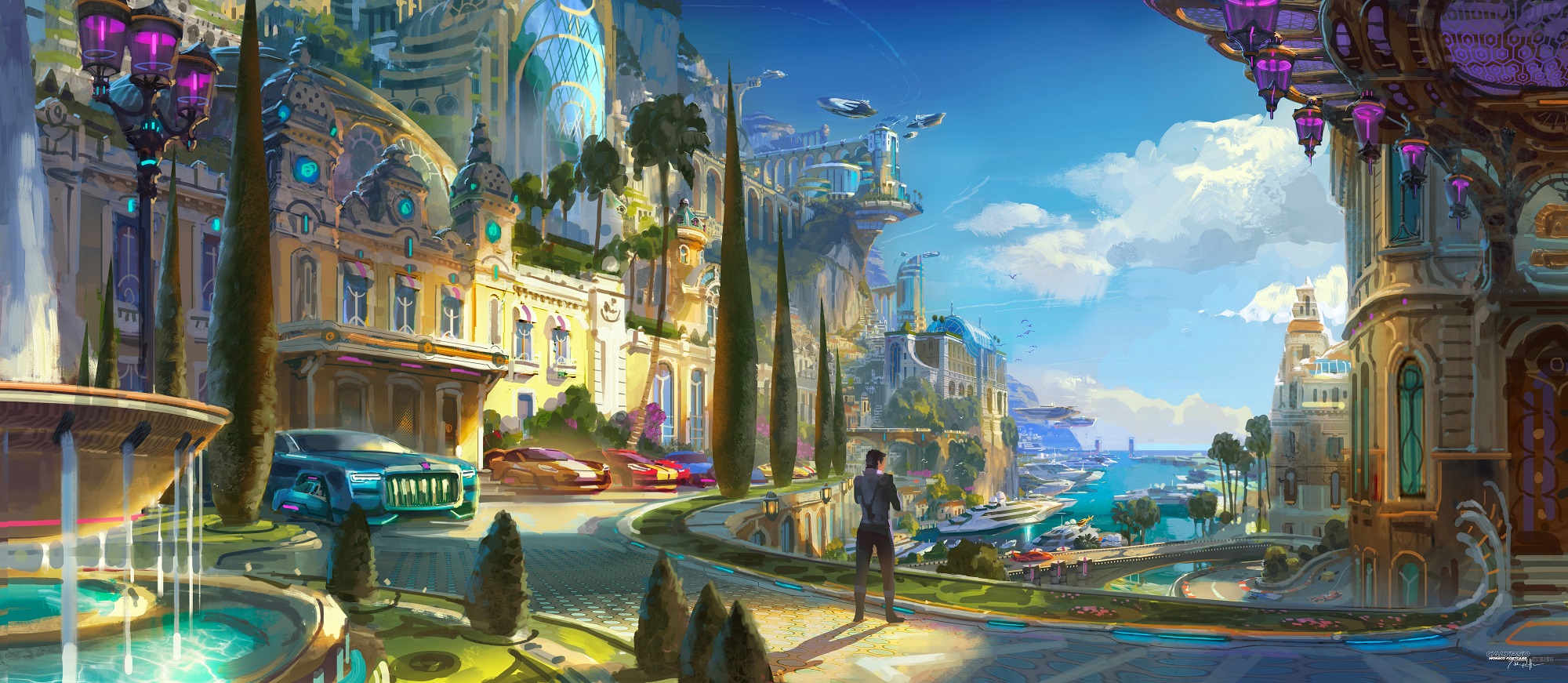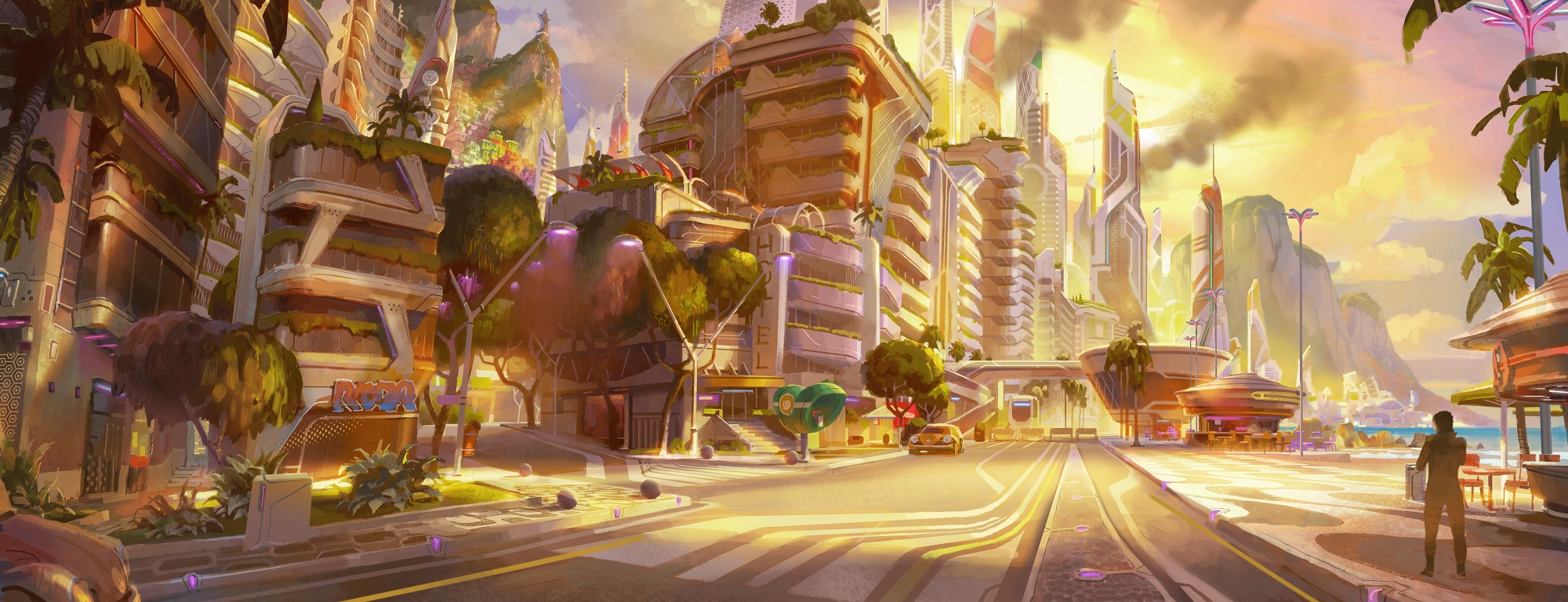Overwatch 2‘s rumored 2020 release date has come and gone, and players still don’t have the sequel in their hands. Announced at BlizzCon 2019, Blizzard has slowly released details about Overwatch 2, including showing off concept art for new maps and letting players try out the game in beta.
Although we still don’t have all the concrete details, Blizzard has revealed a lot about Overwatch 2, with even more details coming from multiple showings in 2022. Until the next event gives us new details to work with, here’s everything we know about Overwatch 2.
Further reading
- Every Overwatch 2 character confirmed so far
- Overwatch 2 developers explain how the game’s dynamic maps work
- Overwatch 2: How to merge your accounts
Release date

Overwatch 2 will launch in two parts: PvP and the new PvE experience later on. The PvP mode, which is by far the most popular mode, will launch for free as early access on October 4, 2022.
Platforms

Overwatch is available on PC, PlayStation 4, Xbox One, and Nintendo Switch. Blizzard confirmed in 2019 that Overwatch 2 is coming to every platform that currently supports the first game.
Given that Overwatch was released simultaneously on PS4, Xbox One, and PC in 2016, Overwatch 2 will likely launch on PC and consoles on the same day. We also learned that it will come to current-generation systems, the PS5 and Xbox Series X/S, at the same time.
Trailer
During the 2021 BlizzCon event, we got a look at a new talent system that shows each character having their own abilities and skill trees to unlock. Odds are this will be specific to the PvE modes of the game, but it may show up in traditional multiplayer as well. We also saw that some characters are getting a facelift. Reinhardt doesn’t have a helmet anymore, Mercy got a haircut, and Lucio has glowing hair. So far, there are new character designs for Tracer, Mercy, Lucio, Reinhardt, Genji, Mei, and Winston, which you can find here. It sounds like all of the heroes are getting a graphical update, though.
To those versed in Overwatch lore, Sojourn is a natural inclusion for Overwatch 2. She’s been featured in multiple cinematics for the original game and has roots dating back to before Overwatch’s 2016 launch. Michael Chu, lead writer of Overwatch 2, told PlayStation Blog that “she will be extremely important to the events that take place in Overwatch 2.”
In place of arms, Sojourn has two guns. One is clearly shown as a fast-firing railgun in the gameplay trailer, while the other shoots an area-of-effect orb that not only slows opponents caught inside but also chips away at their health. She can also use jets on her legs to perform long slides and leaps, sliding under barriers and briefly hovering in the air. For her ultimate called Overclock, Sojourn can charge up her railgun and shoot a highly damaging piercing shot.
The release date reveal trailer came during the Xbox and Bethesda showcase in 2022 and shows a little montage of some existing heroes looking stoic before some action shots, including the new heroes Sojourn and Junk Queen. This is also where we learned that the game would now be free for the first time with the main new bit of information being the early access launch of October 4, 2022.
Multiplayer

Going backward, all Overwatch heroes will be in Overwatch 2. In the announcement panel as well as in several interviews, Kaplan confirmed that they’re not cutting any characters from the roster, simply adding new ones. We’ll likely see some balance changes to account for the new heroes, but the roster is only going to grow from here on out.
Overwatch 2′s multiplayer PvP environment is simply an extension of the first game. When playing competitively, all players will operate in the same ecosystem, regardless of the game version they have. Blizzard will add new PvP content to Overwatch, creating a centralized system for all players.
We don’t know how this will look, however. You may need an external account, but that seems unlikely given Blizzard’s dedication to maintaining the current Overwatch ecosystem. We know that players with both versions of the game will play together and that it will feature crossplay across platforms.
This centralized approach also affects cosmetics. All of your cosmetics from the first game will transfer to Overwatch 2. Although Blizzard isn’t releasing any new heroes for the base game until the sequel launches, the cosmetic factory is still in full swing. Even now, you can rest assured that if you earn rewards from loot boxes, you’ll have them in Overwatch 2.
Overwatch has been at the center of the controversy surrounding loot boxes, though they may not be present in the second entry. In an interview with PCGamesN, Overwatch 2 game director Jeff Kaplan had this to say: “Well, we have made a lot of changes to loot boxes and how they work over the years, so we’re definitely open to change. Overwatch 2, in terms of business model, we’re exploring different options that move us away from loot boxes.” In the same interview, Kaplan mentioned a battle pass, though not as a direct replacement for loot boxes.
Overwatch 2 will bring a few new multiplayer game modes, but we only know about one: push. Essentially, two teams each have a robot pushing a barrier to the other side of the map. If you push the enemy team far enough back, the barrier will move forward, and vice versa. Push is a bit of a riff on Escort, except both teams have payloads they need to protect.
Frankly, it looks excellent. The focus on two central points opens up a lot of possibilities. Sure, you’re going to encounter a firefight around each barrier. However, you can use that to your advantage to hang back and attack from a different angle.
In a very controversial move, especially in the competitive scene, Blizzard has chosen to change one of the core dynamics of Overwatch in the sequel by reducing team size from six players to just five. The game’s director, Aaron Keller, claims this change was to help simplify the game that can have “a lot going on” and make it easier for players to know what’s happening and what they should be doing. During a livestream, Keller said, “Overwatch has changed over time. We’ve gone from having no hero limits at all in the game to having a hero limit. We ended up introducing a role lock over the course of the game. And we feel like this is the next step in the way that Overwatch ought to be played.”
Another competitive change noted in a Reddit AMA is that there will not be a Competitive MMR reset in Overwatch 2. MMR is your rank that helps the game pair you up against opponents close to your skill level. This means that your MMR from the first game will translate over to avoid massive imbalances between veterans from the old game and new players starting off, but it won’t go down unless you are inactive for multiple days.
Also from that AMA, we learned that you won’t have levels anymore, but instead, your progression will be exclusively tied to the seasonal Battle Pass.
Finally, a new Guild system is going to be introduced into Overwatch 2 as a new social platform. They didn’t detail exactly how these Guilds will work and expressed that they are still currently developing it, indicating that it may not be available at launch. This could potentially tie in with in-game tournaments, another social aspect the team is working on as well.
Along with the change from 6v6 to 5v5, teams will also be limited to only one tank character per team. On this, Keller said, “Tanks can be problematic. A [damage-per-second] hero is simple — they’re shooting. But a tank has abilities that can be noisy or when stacked with other tanks can cause problems for other teams to try to overcome and counter.”
Beyond those changes, we can expect some familiar heroes to be altered as well. So far, two character overhauls have been outlined: Doomfist and Orisa. Doomfist will now be a tank class, has more health, has less damage but higher ammo regen, and has a new Power Block and Seismic Slam, among other tweaks. Orisa has similar tweaks, but the biggest are her new Energy Javelin that shoots a stunning javelin at an enemy, the Javelin Spin that destroys incoming projectiles and pushes enemies back, and Terra Surge, which pulls enemies in, gives you the Forty effects, and charges up a surge of damage. She will no longer have Protective Barrier, Halt, or Supercharger.
Taking cues from the battle royale genre, Overwatch 2 is also confirmed to be adding a handy ping system. This will allow players who don’t have the option to or simply prefer not to engage in voice chat to still have a streamlined way to communicate with their teammates. This system will be contextual, meaning the options or directions you have will vary depending on what it is you’re looking at, such as an enemy or objective. Pinging an enemy will mark them, though if they use an ability to teleport or go invisible, the ping will turn into a question mark at their last known position. It is hoped that this system can help curb some of the toxicity the original had.
Finally, besides just the addition of new maps to keep things fresh, Overwatch 2‘s maps will also include a system called Environment States. This will give maps a new feel each time you play by implementing different weather effects and times of the day. That means one match may see you playing a certain map during the night, another during a snowstorm, or a desert map during a sandstorm.
The only things that Blizzard won’t add to Overwatch are the PvE modes. There are two types of PvE missions: Story and Hero.
Story mode
Story mode is, essentially, a co-op Overwatch 2 campaign. Players will join arms as various heroes from the Overwatch roster to take down the robotic Null Sector. Although we don’t know much about Story mode yet, we do know that you’ll be able to pick up items while you’re playing. Playing as Tracer, for example, you could pick up a barrier shield to protect you when bullets start flying. None of the items are exclusive to any particular hero, but they won’t carry over between missions. Each mission will also feature one of Blizzard’s excellent cinematics to lead you in and out of the mission.
Hero mode
Hero mode is a living PvE environment. The missions are designed for high replayability, allowing players to group up and take on the same swarm of enemies over and over again. These will be played across many maps, with unpredictable objectives and enemies thrown in each time you play. The main draw of this mode seems to be character progression. As you play Hero missions, you’ll earn experience for the hero you’re playing as, which unlocks modifiers for that hero’s abilities. Given how strict Blizzard is about competitive play, we suspect that these buffs are exclusive to PvE.
DLC

It’s been confirmed that Overwatch 2 will receive DLC over time, just like the original game. However, it probably won’t fit the mold of traditional DLC released for single-player games. As a “live” game, Blizzard will likely continue monetizing Overwatch 2 with cosmetics and in-game items, not expansions or map packs. Instead, Overwatch 2 will get that content for free, like the first game. One small tidbit we do know is that two out of the three characters that will come during season 2 will be support-style characters.
Overwatch continues to receive updates from Blizzard with new content, even four years after release. Players can expect that Blizzard will continue releasing that content for Overwatch 2. However, there’s one new piece of information regarding how new heroes will be unlocked. Rather than be automatically unlocked for free as they were in the original game, new released heroes will now have to be earned via the free battle pass. The battle pass will have 20 tiers available for free, with 80 available to those who purchase it. However, this only applies to heroes released after Junker Queen and Sojourn, which will be available to everyone.
Pre-order

With the PvP mode being free to play and a free upgrade for anyone who owns the original game, there’s no need to pre-order it. If the PvE mode does still cost extra money to get and is made available for pre-order, we will update you on that as soon as we know more.






